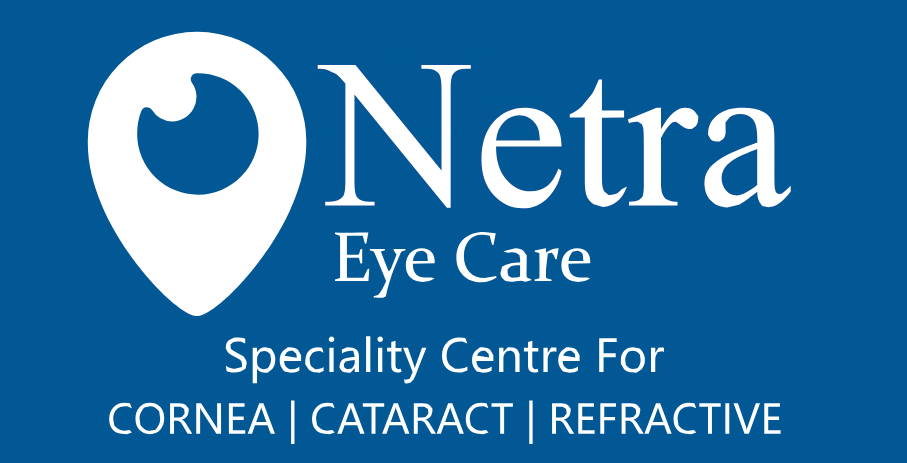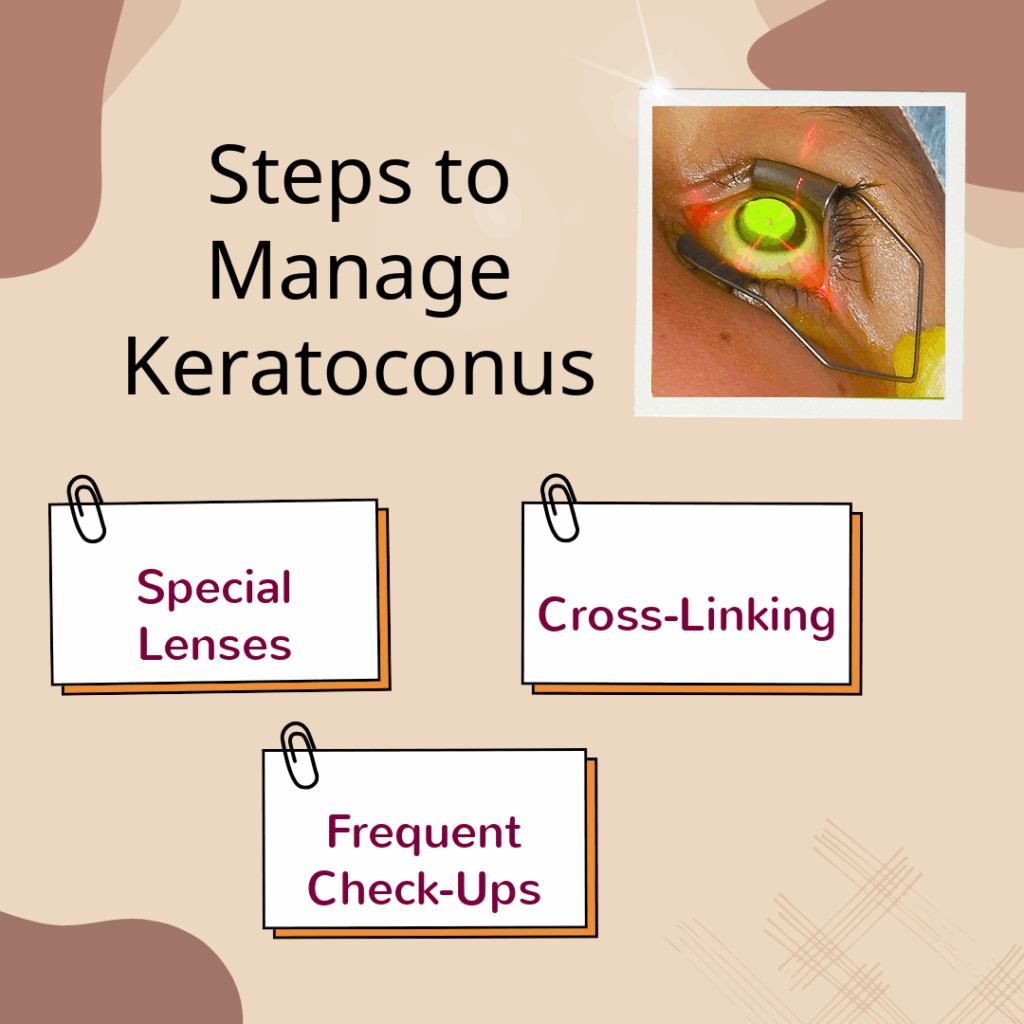Keratoconus is a condition that can significantly impact your vision. The cornea, which is the clear, dome-shaped front part of your eye, becomes thinner and bulges outward into a cone shape. This changes the way light enters your eye, leading to distorted vision. Early detection is crucial in managing keratoconus effectively, as it allows for a range of treatment options that can slow or stop its progression.
Demystifying Keratoconus
In a healthy eye, the cornea has a smooth, round shape. But with keratoconus, this clear window of the eye starts to thin and bulge into a cone-like shape. A distorted cornea causes blurred and impaired vision. But what causes keratoconus? Well, various factors can come into play. Genetics often plays a role — if someone in your family has it, you might, too.
Frequent eye rubbing can make things worse. This bad habit irritates the eyes and may contribute to keratoconus. Allergies also add to the risk due to constant itching and irritation. To understand keratoconus better, let’s think about how the eye works. Imagine it as a camera. The cornea would be the lens. When the lens is well-shaped and smooth, it captures clear images. But if it’s misshaped, pictures turn blurry. That’s what happens with this condition.
Recognizing the Early Symptoms
Spotting the signs of keratoconus early makes a big difference. It often starts with mild symptoms. You might notice your vision is just a bit blurry or that things look wavy. This isn’t just about needing new glasses. If your prescription changes frequently, it could be a sign. Pay attention if you find yourself squinting more or struggling with night vision.
Trouble with bright lights is another red flag. You might squint more in sunlight or find indoor lights overwhelming. Some people even see double or have ghost images. These subtle signs shouldn’t be ignored.
- Blurry vision
- Frequent prescription changes
- Difficulty with bright lights
- Double vision
Ignoring these symptoms can lead to bigger problems. Keratoconus can progress, making daily tasks more challenging. If you notice any of these signs, it’s worth getting checked.
Understanding the Tools and Techniques for Early Diagnosis
Detecting keratoconus early involves specific tools and tests. Specialists use different methods to get a full picture of your cornea’s health.
- Keratometry measures the curve of your cornea.
- Corneal topography creates a detailed map of your cornea’s surface.
- Retinoscopy helps assess how light bends in your eye.
During an eye exam, a specialist will look for clues. They check for thinning areas on the cornea and other signs that stand out. Professional expertise is key here. Keratoconus might look like other eye problems but needs different care. A skilled eye doctor can spot specific signs that others might miss.
Taking Prompt Action: Diagnosis and Treatment Steps
Knowing when to see a specialist is crucial. If you notice symptoms of keratoconus, don’t wait. An eye doctor can provide clarity and explore what treatment options work for you. After diagnosis, several steps can help manage and treat the condition:
- Special Contact Lenses: Unlike regular lenses, these fit the unique shape of a cornea with keratoconus.
- Corneal Cross-Linking: This procedure strengthens corneal fibers, halting the progression of the condition.
- Regular Check-Ups: Frequent evaluations ensure treatments are effective and any changes in the condition are tracked.
Each step taken promptly prevents further issues. With keratoconus, early treatment can effectively manage your vision.
Tips to Protect Your Eyes and Debunking Myths
Protecting your eyes can prevent worsening of keratoconus. Here’s what you can do:
- Manage allergies to reduce eye rubbing.
- Avoid rubbing your eyes altogether.
- Wear sunglasses to shield your eyes from sunlight.
As for the myths: Some think it’s just like astigmatism or only affects older folks. Neither is true. Understanding facts helps in taking the right action.

